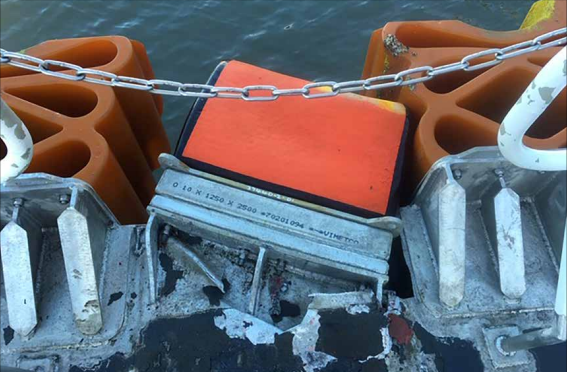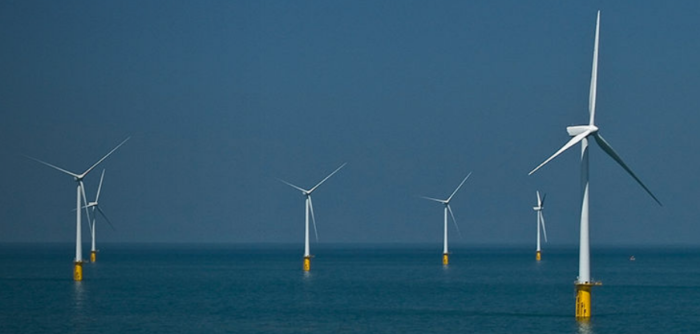In the latest edition of Safety Digest, UK MAIB focuses on a collision, when a crew transfer vessel collided with a wind turbine power, as the pitch control rod on the starboard controllable pitch propeller system was stuck, making the skippers attempts to slow down the vessel unsuccessful.
The Incident
A twin-screw, aluminium-hulled crew transfer vessel was approaching a wind turbine tower.
In light of this, the skipper placed both both engine control levers to astern in order to slow down the vessel, aiming to nudge up against the turbine to facilitate the transfer of personnel.
Yet, the vessel did not reduce speed and collided with the tower, before the skipper made any avoiding action.
From the collision, the bow fendering of the vessel was damaged and one of the crew was injured after falling over on impact.
Following, the inspection of the engine control system, the pitch control rod on the starboard controllable pitch propeller system was stuck. Thus, when the skipped opted for astern propulsion, the starboard shaft did not respond.
Although the port shaft was functioning normally, the defect on the starboard system was sufficient to cause the heavy contact.

The Lessons
- Prior to approaching any structure, or if entering an area where manoeuvring is going to be critical, it is prudent to test that full control of all systems is available. Try to find time to slow your vessel down, stop if necessary, test ahead and astern propulsion, test the steering and thrusters, and proceed only when satisfied that everything is working as expected. This procedure will only take moments but will help ensure that there are no unexpected surprises.
- Ensure that manufacturers’ recommended maintenance routines are in place for all equipment, and that there is sufficient time in the schedule for maintenance. The analysis of this system determined that the starboard control rod had not been greased properly. Greasing of components may be mundane, but it is essential, and time should be allocated to these tasks – even on vessels with busy schedules.
- Consider ‘what if’? On twin screw propulsion systems include the loss or malfunction of one engine or propeller in your risk assessment, and consider how to recover from such a situation in an emergency


































































